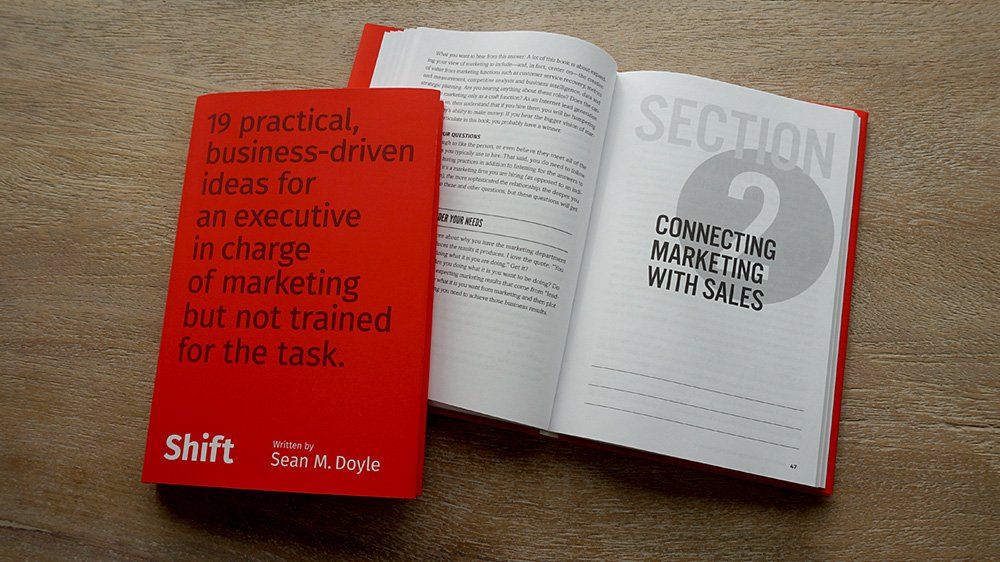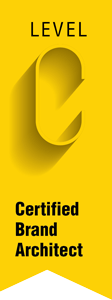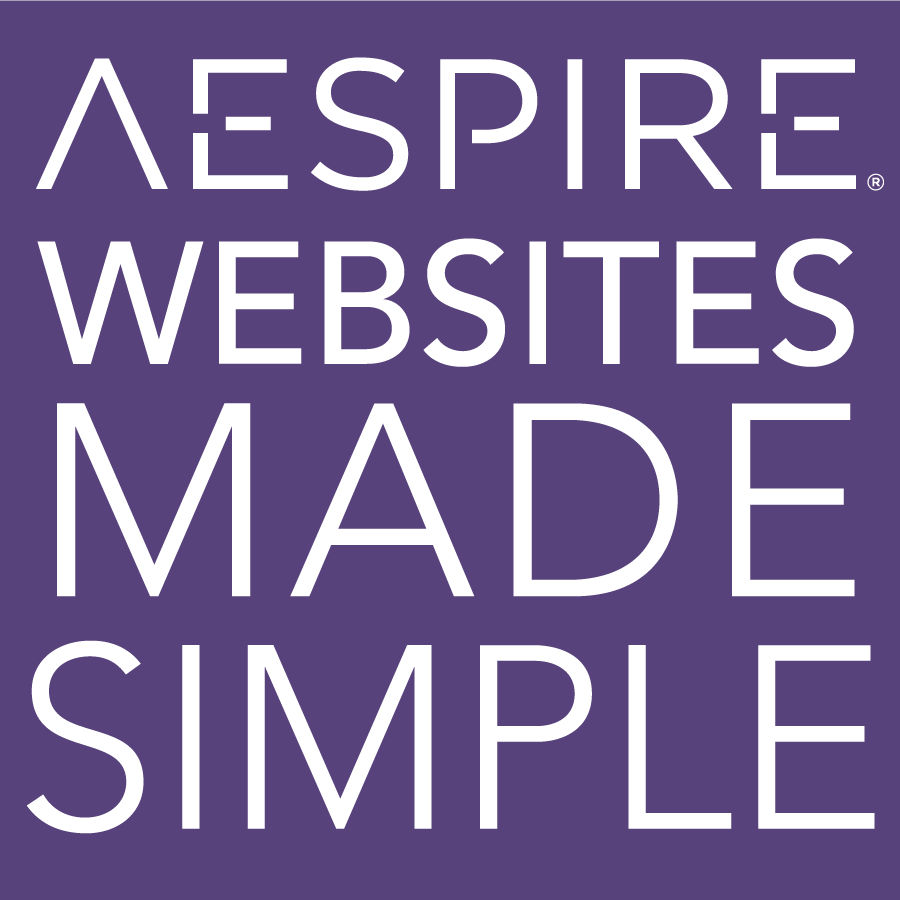Silos Are Killing Your Company: Here’s How to Stop Them
You can’t deliver change or create impact in silos.
Many companies have difficulty integrating the seven internal silos that form the operations core of every business:
- Leadership and teams,
- Analytics and finance,
- Operations,
- Products and customer research,
- Revenue generation,
- Sales and marketing
- Branding and strategy.
Instead of functioning as a system, companies devolve into silos.
You can’t deliver change or create impact in silos.
What is beautiful about approaching any business from a design perspective is that design is cross-disciplinary and interdisciplinary. You don’t just build a business or a brand, you design them, and that design is led by strategy.
Well-designed companies don’t have silos. Companies that start with strategy break down the silos and make choices that influence the long-term plans that help the company grow. They have cross-functional teams that know how their role impacts other company areas.
Strategy Drives Focus
When I ask, “What’s your biggest challenge?,” it’s not uncommon for a VP of business development or a C-Suite executive to confide, “Our CEO/Founder isn’t focused. We’re constantly changing directions, and it isn’t clear where we’re headed from week to week.”
According to Roger Martin, former Dean of the Rotman School of Management, strategy is “a set of interrelated and powerful choices that positions the organization to win.” He suggests that strategy is a living and breathing thing that must be constantly updated and adapted to changing circumstances.
Sound familiar? It’s similar to a variation of the Clarity Principles, “We will be fearless and resilient, adapting and changing to achieve our vision.”
Martin’s definition of strategy is based on the following three fundamental principles:
- Strategy is about making choices. Organizations cannot do everything, so they must choose what they will focus on and what they will not. These choices should be based on the organization’s distinctive strengths and capabilities and the opportunities and threats in the external environment.
- Strategy is about creating a competitive advantage. To win, organizations must find ways to differentiate themselves from their competitors.
- Differentiation is at the core of relevant brands and what distinguishes the brand from competitors in a niche.
- Strategy is about continuous adaptation. The external environment is constantly changing, so organizations must be able to adapt their strategy accordingly to remain relevant. This requires a willingness to experiment and take risks and a commitment to learning and improvement.
“Our CEO/Founder isn’t focused. We’re constantly changing directions, and it isn’t clear where we’re headed from week to week.”
“Why Should I Care About Strategy? I Own a Small Business”
Even Big Companies Don’t Often Understand Strategy
In the design brief from a globally-recognized baby products company, the design director stated, “We don’t have a brand, just well-known products.”
The company lost focus (thinking they should educate the consumer on social issues instead of baby care), failed to differentiate, and neglected to adapt to the needs of a new generation of mothers and fathers who cared about natural products.
Instead of standing out, they blended in to the constant barrage of corporations telling consumers what to think.
Martin summarizes his strategy principles further:
- Strategy is not about planning for the future but about creating it.
- Strategy is not about making predictions; it is about making choices.
- Strategy is not about being perfect; it is about being good enough.
- Strategy is not about being static; it is about being dynamic.
“Our CEO/Founder isn’t focused. We’re constantly changing directions, and it isn’t clear where we’re headed from week to week.”
How Strategy Connects Current, Active, and Future Business States
Business strategy (that includes your brand) helps business owners close the gap between where they are and where they want to be.
Let’s break down one of the six guiding principles of Extraordinary Strategy:
Extraordinary Strategists lead confidently by learning from hindsight, guiding with insight, and acting with foresight to direct the company along a clear path to its desired future.
All strategy is a process of creating the conditions for how you will win. You make those conditions by thinking about and leading with three business states:
- Your Current State.
- Your ideal Active State.
- Your desired Future State
Extraordinary Strategists Learn from Hindsight
Hindsight is a thoughtful way of thinking about a business or brand’s current state. Hindsight is how you gain knowledge to turn into insight.
Collecting data about product relevance, brand perception, and consumer sentiment doesn’t take long. Business owners are awash in information. Reviews, campaign performance, business analytics, research (budget permitting), interviews, social listening, financial performance, and more can help you evaluate your business or brand’s current state.
If you ask consumers and your team two powerful questions, you can quickly gain actionable information that leads to the next step, guiding with insight.
Extraordinary Strategists Guide with Insight
All the data and information you gather won’t do you any good unless you do something with it.
- Make correlations.
- Observe behavior.
- Connect the dots.
- Draw conclusions.
- Close gaps.
- Understand your customer.
- Discover opportunities.
- Solve problems.
Develop an active state that will move you from where you are to where you want to be. This lays the foundation for your plan — the tactics and goals you need to win in the marketplace.
How to Use Insights to Guide Product and Service Choices
Any data —even a conversation— you collect can lead to an insight that can create revenue.
At Aespire Branding, we noticed many searches for “duct cleaning” in the analytics reports from a home services client. Studying analytics revealed a market need and business opportunity. In our weekly strategy meeting, we mentioned the insight to the owner, who took the idea to his management team and launched a duct cleaning service to complement their HVAC services. Shortly after we announced the service, appointments were booked out for weeks.
When the same client mentioned that a significant portion of revenue is attributable to their clients signing up for service plan memberships, I asked why we weren’t promoting them.
Fast forward two years, and the service plan memberships guarantee recurring client revenue and twice-yearly opportunities to meet with clients and develop new sales opportunities.
Extraordinary Strategists Act with Foresight
Are you familiar with Covey’s famous idea? “Begin with the end in mind.”
What you plan and act on now can lead you to the future you want to create. When you envision the future you want to create, you must make choices now to make that vision a reality.
- Where do you want your business to be in three, five, or ten years?
- Imagine: your business has to close in 50 years; what impact will it have made?
- Dream big: Your business has outlasted you and your children. As it celebrates 200 years, what is its legacy?
When you act with foresight, you make strategic decisions now that will create a different future for your company, family, customers, and society. As Roger Martin suggests, acting with foresight isn’t about planning for the end; it’s about creating — or designing — the future.
Does this exercise work? Absolutely. When we asked the Executive VP of a global electronics component manufacturer to “Write out your company’s legacy for your future brand. Don’t skimp on the glory of its world-changing achievements and their impact on the world.”
Her response included a vision for:
- Measurable impact: Delivering over 50% of the world’s passive components.
- Unleashing growth: Recognizing that centralized control will hinder future growth, the company divests itself of all subsidiaries.
- Flourishing People and families: The spin-off companies continue to fund a significant endowment that provides educational scholarships and supports work-life balance.
Two Steps You Can Take to Break Out of Silos
- Direct your team to take the Aespire Marketing Assessment (powered by StoryBrand) to
- Reveal if your message is clear and inviting to customers.
- Uncover the gaps in your marketing and sales funnel.
- Generate a customized plan that will grow your business.
- Understand how your team is aligned or misaligned.
- Work with Aespire to align your team and marketing so you can focus on your customers, solve their problems, and sell more stuff!
- Lead your team through Small Business Flight School
- Small Business Flight School is a program where you’ll learn a six-step growth plan for your small business. Using the Small Business Flight Plan, you can finally grow your business and enjoy your life as a successful entrepreneur.
Do you have a hard time explaining what your company does or why your brand matters to people?
If you struggle to grow your business, you’re not alone. Aespire can help you create a clear message and brand that helps you grow your business. Contact us today for a consultation with a StoryBrand Certified Marketing Guide.
Get a Free Comprehensive Marketing Assessment
Stop hoping your marketing will sort itself out.
- Complete this free assessment in 15 minutes.
- Review your custom report (and schedule a 30-minute review) to diagnose what’s happening.
- Create an action plan to get your marketing back on track.

Do you feel powerless because you’re competing against deep-pocketed competitors? Call today to design a strategy to capture demand, create new customers, and grow your business.
Aespire Branding
5061 N Abbe Rd, Suite 2
Sheffield Village, OH 44035
Phone: (440) 322-5142
Email Aespire
Aespire is a Woman-Owned Small Business Enterprise (WBE)
Many service and solution companies struggle to explain how their expertise helps customers solve problems and achieve their goals. Aespire guides leaders with brand strategy, design, and marketing so they can start, grow, and sustain thriving teams and businesses.
We're committed to helping people flourish, businesses thrive, and communities prosper.
Privacy Policy | Terms of Use | Accessibility | Privacy Settings | Site Map
As an Amazon Associate, we earn from qualifying purchases on this and other affiliate programs.
© 2024 Aespire Cleveland StoryBrand Guide | Ohio Marketing
|
Brand Strategist | Built on
Aespire Websites Made Simple







